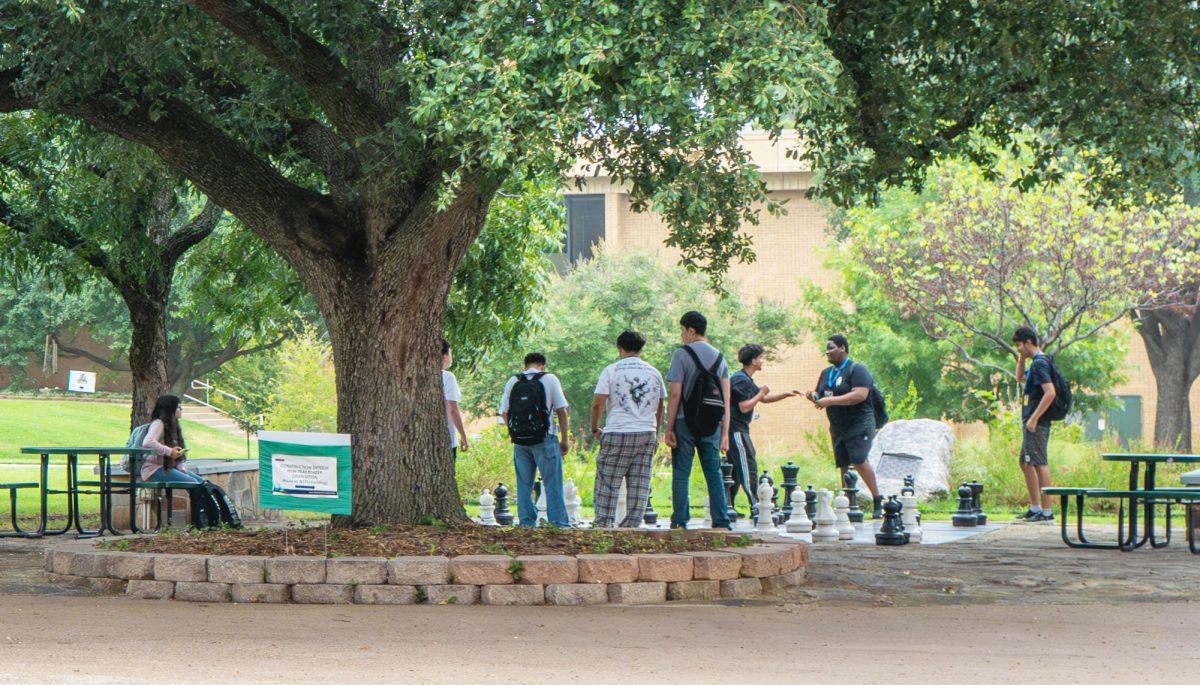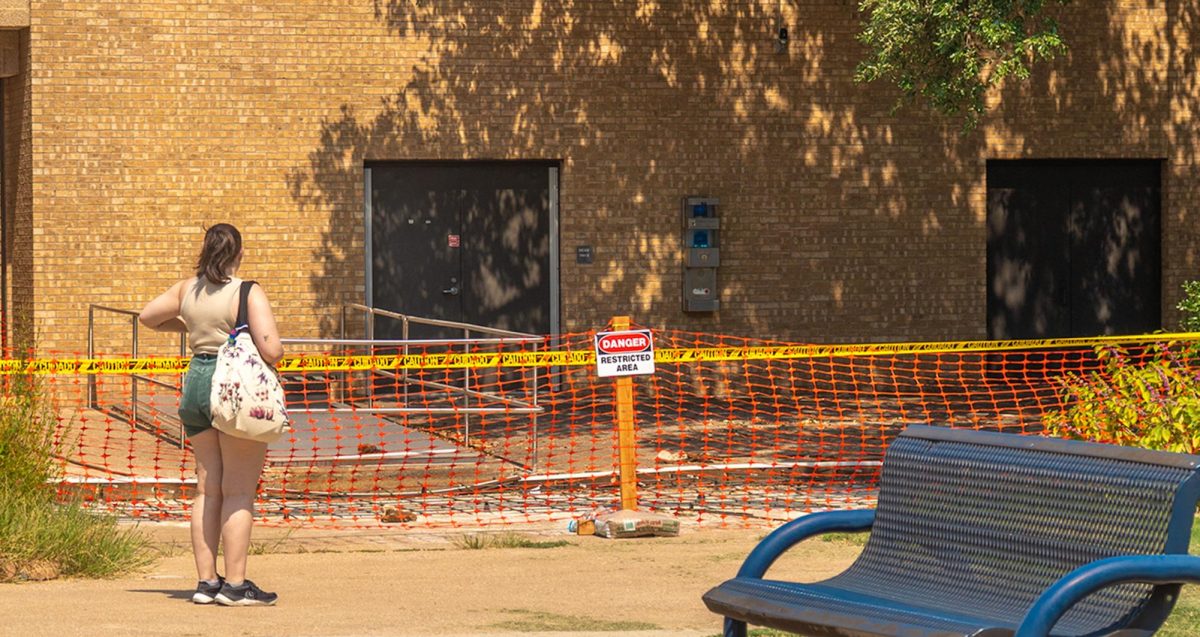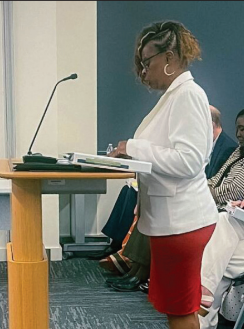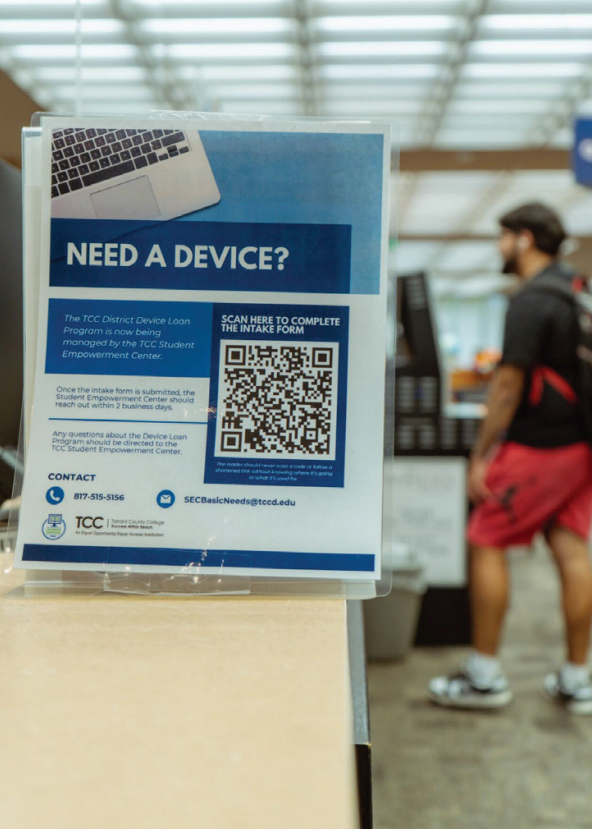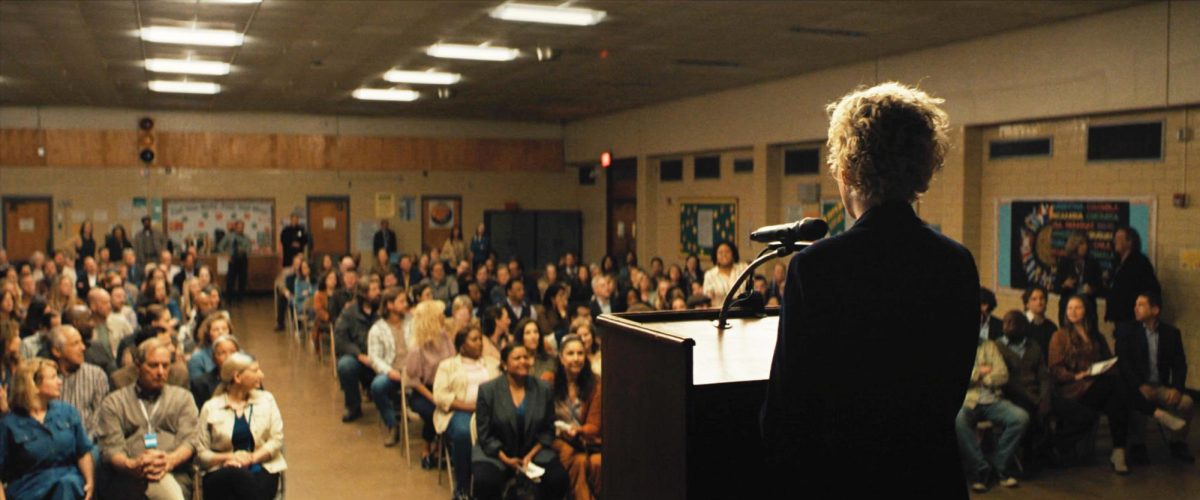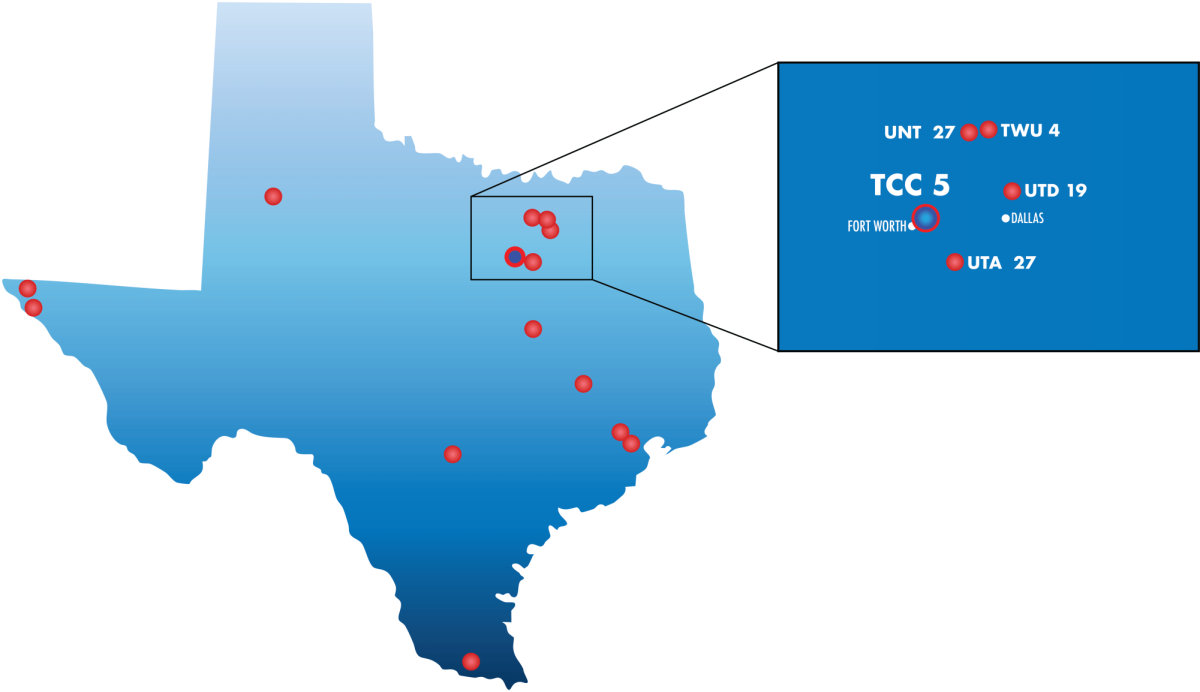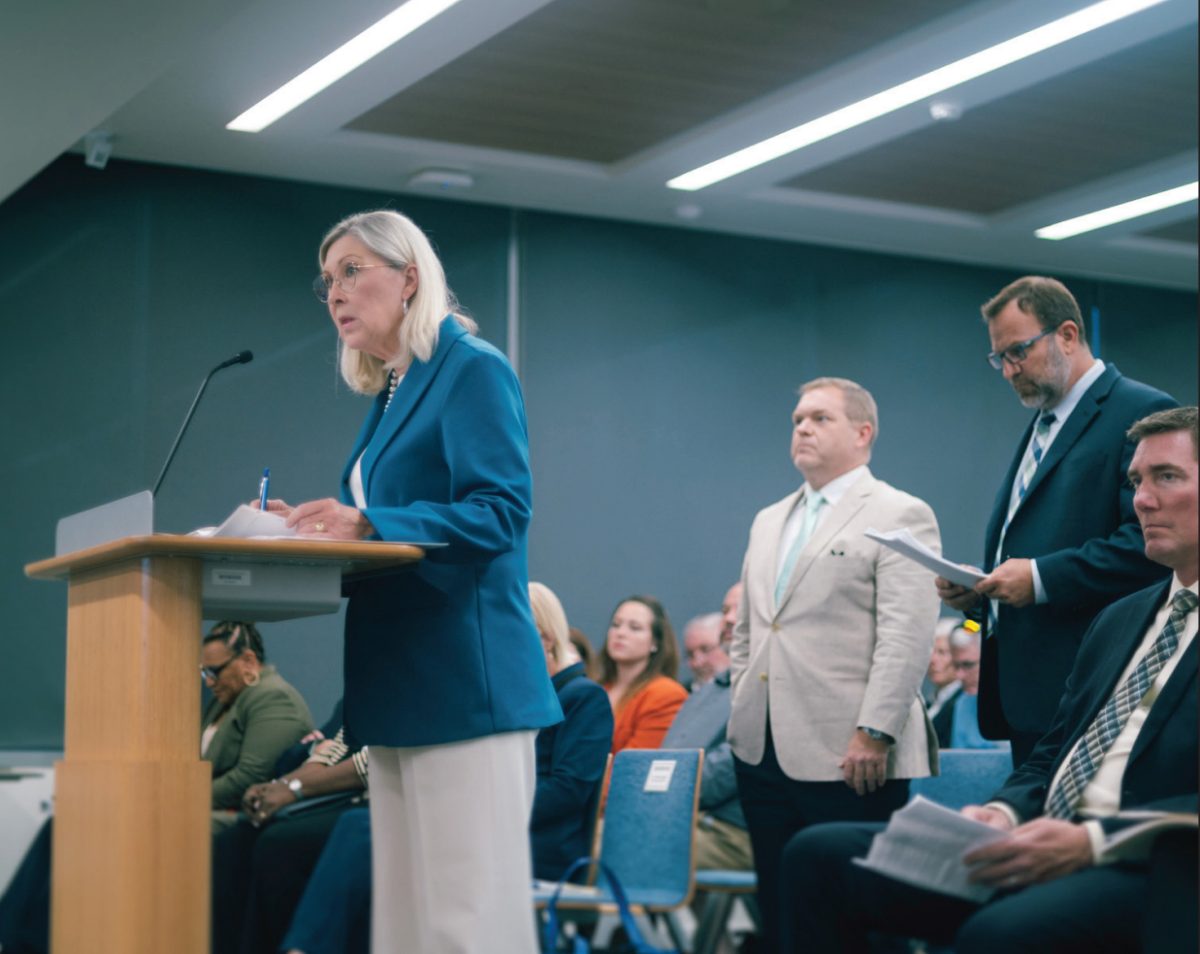The TCC community stopped in its tracks April 8 as the moon passed over the sun, darkening the sky over crowds of cheering viewers.
At TCC, all campuses hosted a viewing party for those who were interested in seeing the eclipse. Though some were concerned about the weather, everyone across the district had the opportunity to watch the moon slowly crawl across the sun.
“This was a once in a lifetime opportunity and I’m glad that I was able to experience it. The last eclipse was pretty cloudy so I wasn’t able to witness it fully,” TR student Robert Williams said. “Today was spectacular and to be in Texas made it more special because we’re in a prime location for viewing.”
TR student Kendra Flynt explained that she missed previous smaller- scale eclipses and was happy she could be present for this event.
“Today was spectacular and to be in Texas made it more special because we’re in a prime location for viewing,” she said.
Steven Cavazos, who works with the NW IT support services, said he was in awe of the sight.
“You don’t ever see anything like that,” he said. The eclipse began around 12:30 p.m., starting on the southwest side of the sun. Gradually, the surroundings began to darken. At around 1:40 p.m., the sun had nearly been swallowed.
The moment that followed totality was complete darkness cascading over onlookers, then a blossoming ring of light completely visible to the naked eye.
“Whenever you could take your glasses off and look at it, that was that was the coolest thing I’ve ever seen,” NW network administrator Owen Greer said.
Local community member Terri Lacy, who was viewing the event on NE, interpreted the eclipse as a spiritual experience between the sun and the moon.
“Other people are celebrating it, like I am, as a miracle in science for us to witness as a part of creation and the heavens coming together like this,” she said. “When they’re always moving in the pattern for us to be able to witness this, that’s a celebration right there.”
Dan Hester, a community member and husband of a NE instructor, brought his telescope, with a 10-inch diameter mirror, to the viewing. He explained that it took him 15 minutes to bring it over.
He was nervous about the clouds but was hopeful to catch the “Bailey’s beads” of the eclipse, which is the shining light coming off the totality.
“It was cool seeing the lights go out and hear the crowd go ‘oh’ and ‘ah’ about it,” he said afterward. “There were a few thin high clouds but not enough to be a buzzkill. We could still appreciate it, and it was amazing.”
NW physics instructor Emad Nimri also had a digital telescope, the Seestar S50, prepared that was actively streaming the eclipse. Nimri explained that this eclipse would reveal sunspots.
“When the totality happens, we will be able to see the corona and we’ll be able to see the prominence on all the radiation coming from the sun going all over the place is basically,” he said. “The eclipse is special, but this one extra special because the sun is close to what we call it the maximum.”
The maximum, according to Nimri, is an 11-year cycle where the sunspots reach a maximum and will produce a large amount of solar wind.
NE student Corey Driver explained that he was always entranced with astronomy since childhood and was in awe of this eclipse.
“You forget everything you know when it’s happening,” he said. “Once it was 90-95% and there was just that last little sliver we just stopped talking about what we knew, and it was just like –– let’s just watch. Turn your brain off and just watch this thing.”
Olla Mokhtar, Gilbert Little and Fousia Abdullahi contributed to this story.

